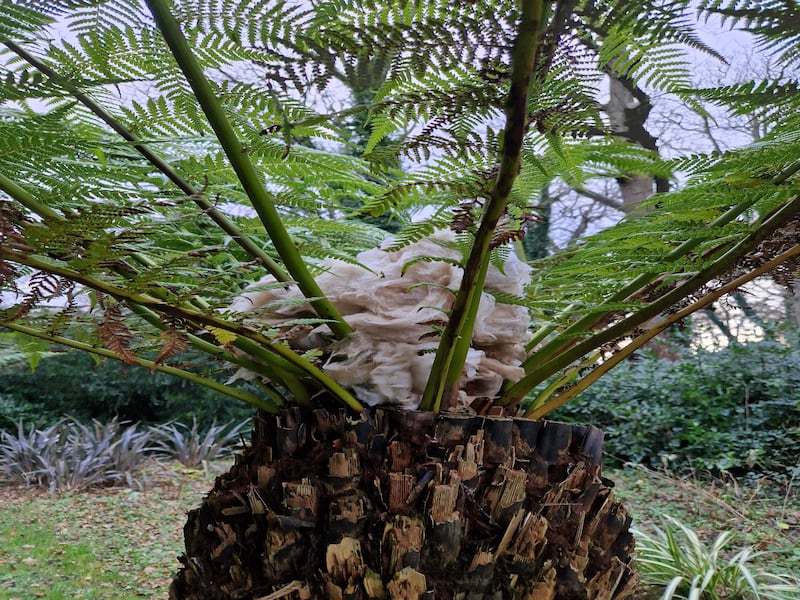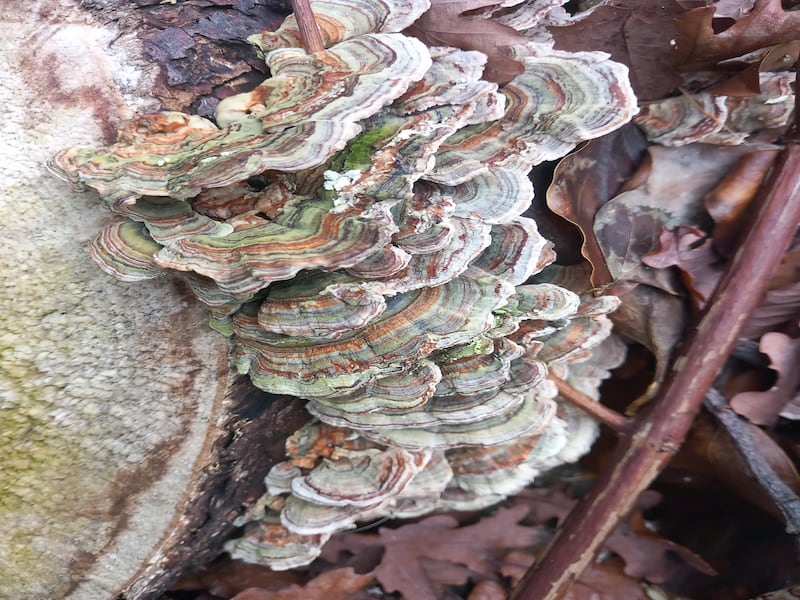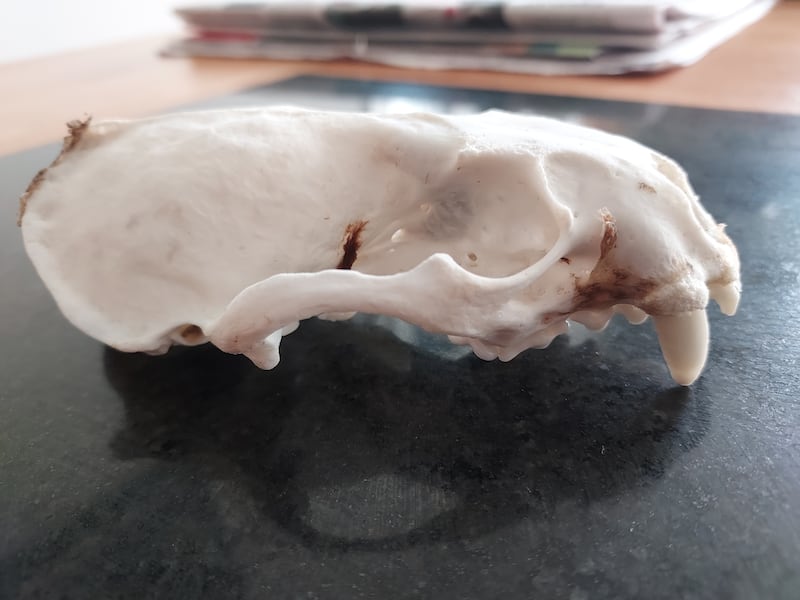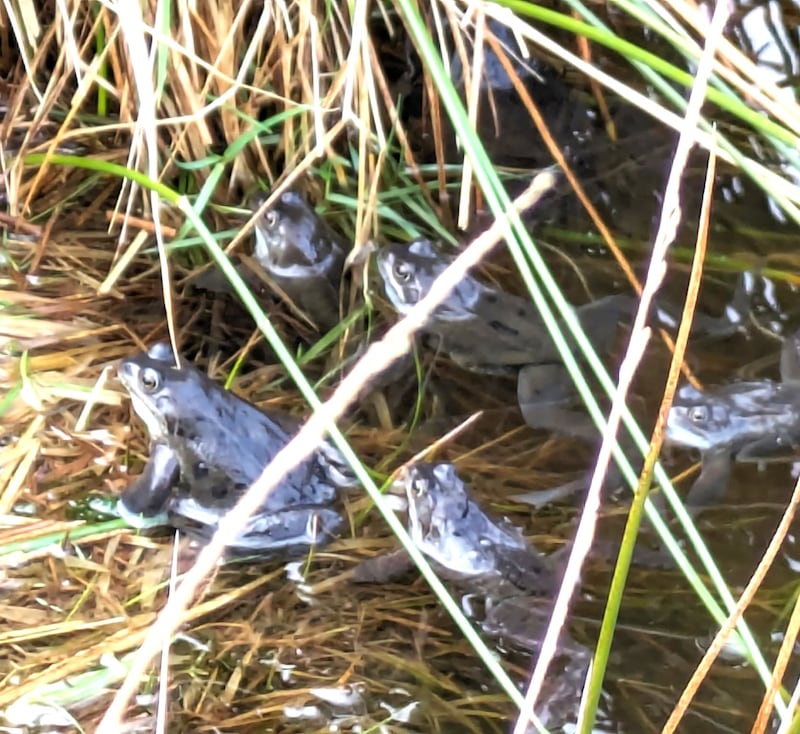Sinéad Craig of Inishowen Wildlife Club sent in this picture of a yellowhammer, seen during an outing on February 17th. Yellowhammers were once a widespread and familiar farmland bird. In autumn and winter they eat the seed heads of large grasses and grains that occur among the cereal stubble in arable fields. In summer, when feeding chicks, yellowhammers will catch insects; otherwise they are sustained by grains and grass seeds. They have declined by an estimated 58 per cent over the past 20 years due to changing farming practices and the ploughing-in of much of cereal stubbles shortly after harvesting. They are now a red-listed species, categorised in the highest level of conservation concern. This one was feeding on grain left out in the field as winter feeding for sheep.

Every spring this white material appears on the top of the trunks of these Australian tree ferns in Malahide Castle grounds. Can you tell me what it is and what purpose it serves? Brian Cunningham, Co Dublin
This is not a weird fungal growth but roof insulation material that has been placed on top of the fern to protect the growing bud. Tree ferns are only barely hardy in our climate, so they need protection in the cold dry winters of Malahide. Relative to the southwest of Ireland, that is, where a lack of frost and the constant rain keeps the roots all along the trunk well-watered with no need for artificial protection. Life is tougher at Malahide, and they need a helping hand.
[ Eye on Nature: ‘Is there a hierarchy of wildlife?’Opens in new window ]

This multicoloured bracket fungus is growing on an apple tree log in the back garden. I was struck by the many vibrant colours of brown, cream and green. Can you identify it? Bobby Carty, Co Dublin
This is turkey tail (Trametes versicolor), an annual, polypore fungus forming thin, leathery caps in crowded, overlapping formations on deciduous wood, resulting in a white rot. The species epithet “versicolor” aptly reflects the various colours and zonations on the fruit bodies. It is widespread and very common, and has long been used in Asian medicine, in the bioremediation of contaminated soils and in producing eco-friendly insulation and packaging material. A company in the Netherlands, for example, now produces coffins made entirely of Trametes versicolor mycelium. Could you be tempted?
[ Why are hedgehogs on the move at all times of day and night?Opens in new window ]

I found this little skeleton on the shore in Valentia Island. It’s about 12cm long and 8cm wide. Love to know what it is? Anne Doyle, Co Wicklow
It looks like the skull of a young seal – probably that of a common or harbour seal.

Frogs are spawning like mad in the foothills of the Dublin Mountains. Every puddle from Ticknock car park to the top of Fairy Castle was heaving with frogspawn on February 17th. There must have been hundreds of frogs. Archie and Hugo Lee, Dublin
Frogs hibernate during the cold of winter, when their food of flies, slugs and woodlice is no longer abundant or easily found. Once the temperature of the water rises, frogs are able to spawn. They hurry to the same ponds and puddles every year and pair up. The females’ eggs are fertilised by the male sperm in the water, resulting in the jelly-like frog spawn with the black fertilised eggs. Unless the waterbodies are a permanent feature, however, instead of just a puddle, these will not go on to form new frogs. Instead, the eggs and indeed the small tadpoles will be gobbled by opportunistic rats, foxes and hedgehogs as well as herons and ducks. Tadpoles can be cannibalistic, too. They will eat one another when food is in short supply, as in when the puddle is drying up. The result: just a few large final tadpoles for the visiting bigger predators.
Please submit your nature query, observation, or photo with a location, via irishtimes.com/eyeonnature











